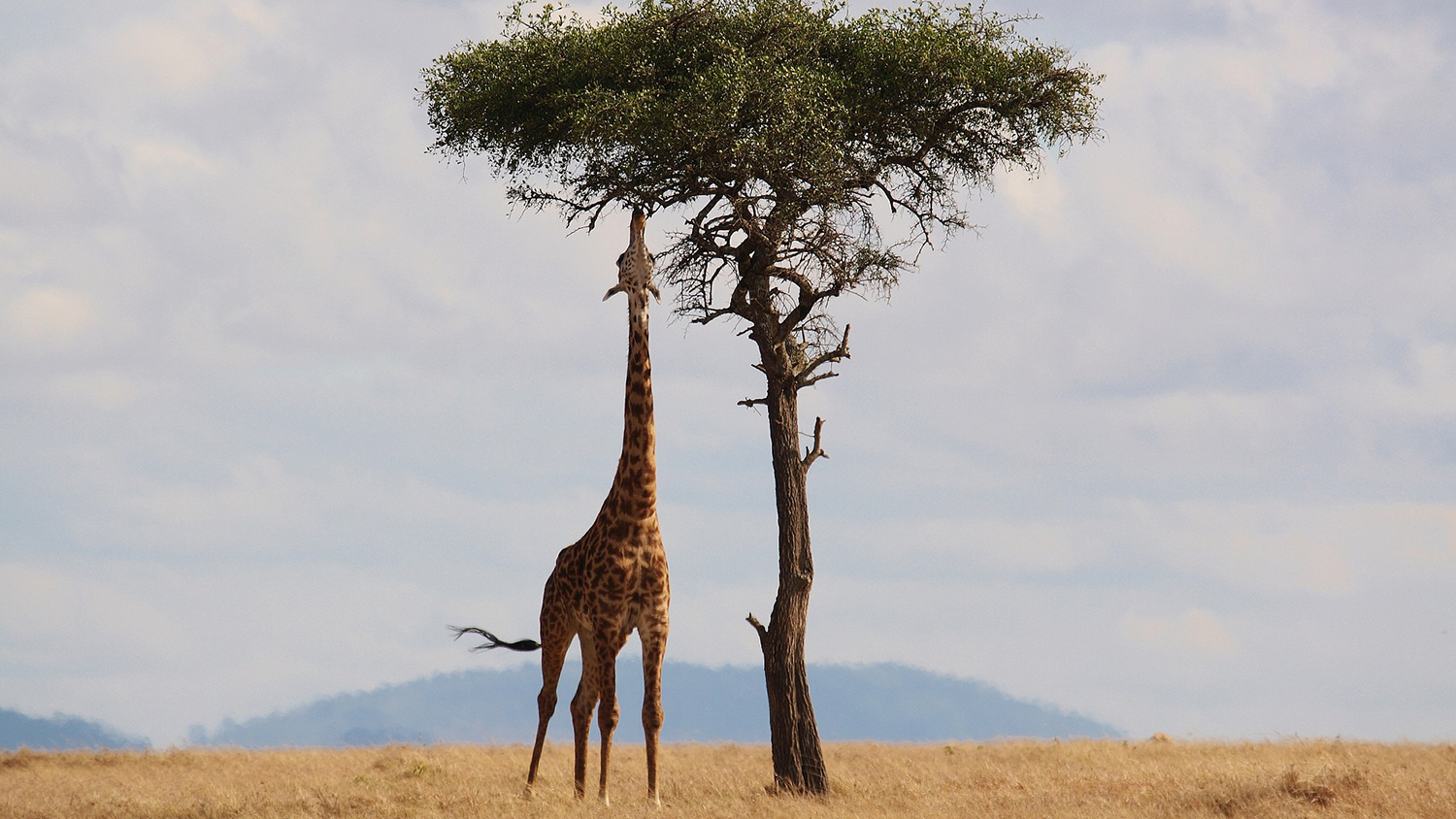U.S. Indoor Climate Most Similar to Northeast African Outdoors

For Immediate Release
What do you do to remain comfortable in your home?
If you’re like the American citizen scientists who reported information about their home climate, you make it as close as possible to the outdoor climate of west central Kenya, according to a new North Carolina State University study.
The survey of U.S. indoor climate preferences in 37 states shows that, on average, Americans keep their home climate similar to the outdoor climate of northeast Africa, with outdoor conditions in west central Kenya the most similar to conditions in American homes. That generally means that it’s warm inside with low humidity.
“We wanted to understand more about climate analogs, or how similar or dissimilar our home climates are to outdoor climates,” said Michael Just, an NC State postdoctoral researcher and corresponding author of a paper describing the research. “Why do we set indoor conditions the way we do and why are these settings comfortable to us?”
There was some variation in American responses. For example, citizens in North Carolina reported indoor conditions most like those in Namibia, which is in southern Africa and south of the equator. Interestingly, citizen scientists in Alaska also reported indoor conditions most similar to those in Namibia.
“Only three states reported indoor conditions that were most similar to non-African outdoor conditions. Hawaii’s closest analog was Brazil in South America, Minnesota’s was Bermuda, while Vermont’s climate match was Mexico,” Just said. “On average, though, outdoor settings close to the equator in Africa were most similar to American indoor climates.”
The study also examined some of the closest relatives to humans, primates like gorillas, for example, and found that they lived in overlapping climate conditions to humans.
“We find it interesting that most of the climatically similar outdoor locations were in a region we associate with some of the earliest stages of human evolution,” Just said.
Just added that further work plans to delve into why humans developed these indoor climate preferences and how those preferences have been affected by genetic and cultural evolution.
The study appears in the journal Royal Society Open Science.
Rob Dunn, professor of applied ecology at NC State, and Lauren Nichols, a research technician and lab manager in Dunn’s lab, co-authored the paper.
The study was funded by a National Science Foundation Career Award (No. 953390) to Dunn.
– kulikowski –
Note: An abstract of the paper follows.
“Human indoor climate preferences approximate specific geographies”
Authors: Michael Just, Lauren Nichols and Rob Dunn, NC State University
Published: March 20, 2019 in Royal Society Open Science
DOI: 10.1098/rsos.180695
Abstract: Human engineering of the outdoors led to the development of the indoor niche, including home construction. However, it is unlikely that domicile construction mechanics are under direct selection for humans. Nonetheless, our preferences within indoor environments are, or once were consequential to our fitness. The research of human homes does not usually consider human evolution, and, therefore, we are without previous predictions about indoor climate preference. We worked with citizen scientists to collect indoor climate data from homes (n = 37) across the USA We then compared these data to recent global terrestrial climate data (0.5° grid cells, n = 67 420) using a climate dissimilarity index. We also compared some climate-related physiological parameters (e.g. thermoneutral zone (TNZ)) between humans and a selection of non-human primates. On average, our study homes were most similar in climate to the outdoor conditions of west central Kenya. We found that the indoor climates of our study homes largely matched the TNZ of humans and other primates. Overall, we identified the geographical distribution of the global outdoor climate that is most similar to the interiors of our study homes and summarized study home indoor climate preferences.
- Categories:


